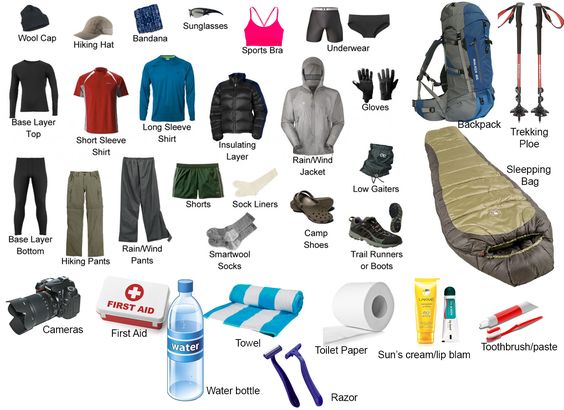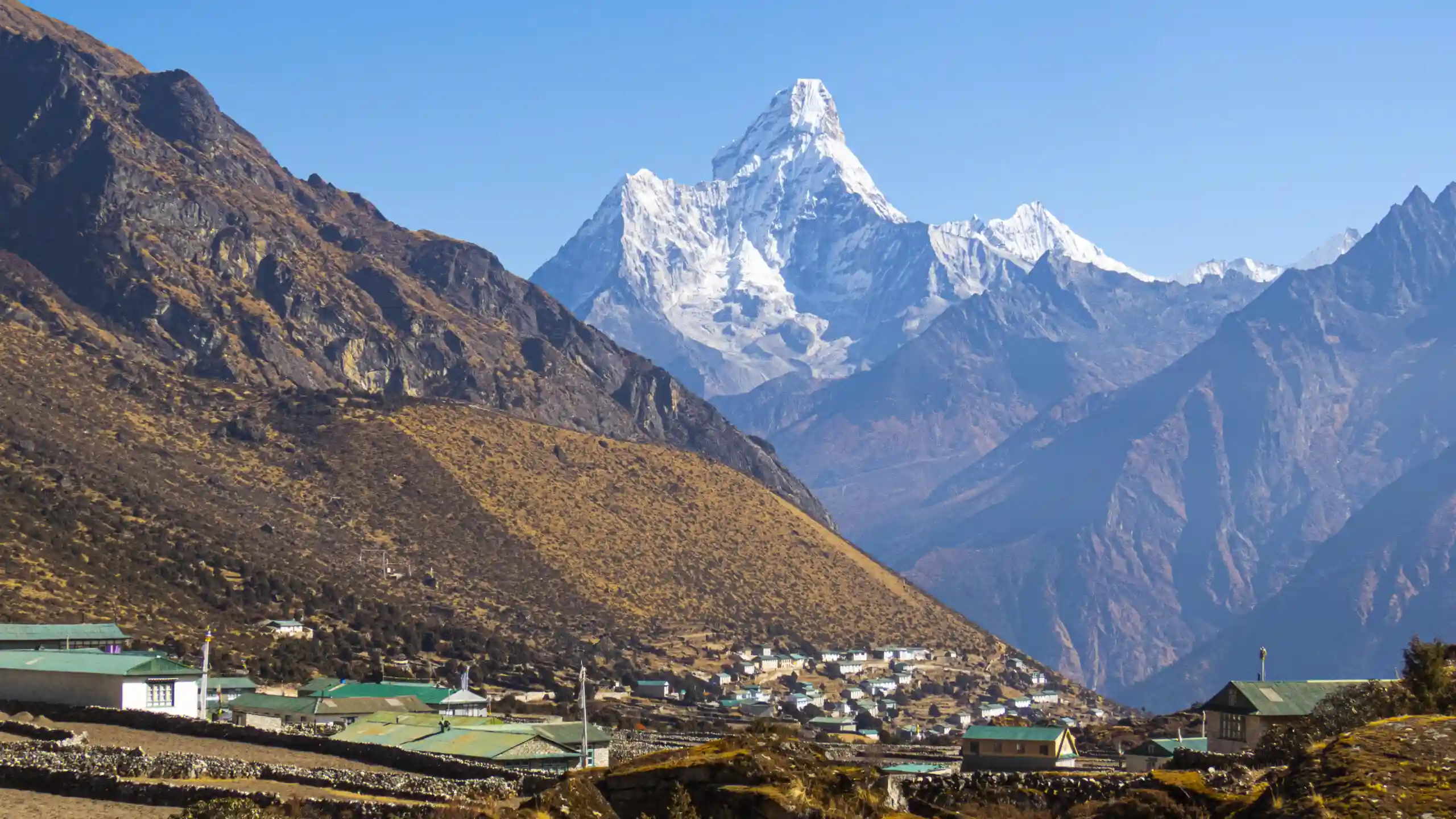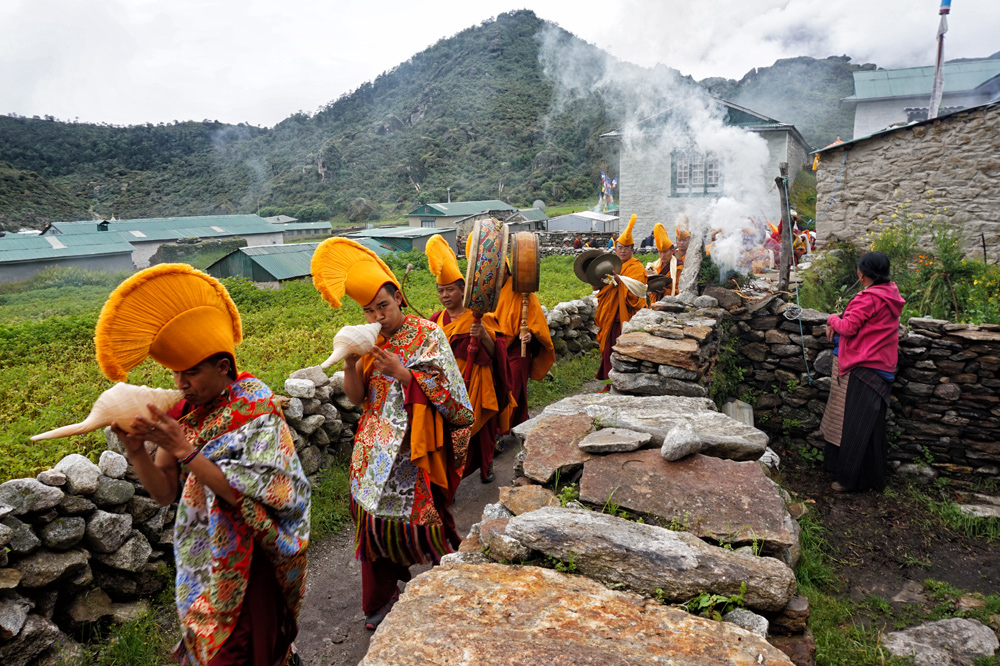Embarking on a trekking adventure in Nepal, the land of the majestic Himalayas, is an unforgettable experience. But in today’s world, a good pair of boots and a sturdy backpack aren’t the only essentials. Technology has revolutionized trekking, making it safer, more enjoyable, and, surprisingly, more connected. Whether you’re heading to the Everest Base Camp or exploring the Annapurna Circuit, here’s a list of must-have gadgets that will enhance your journey in Nepal.
1. High-Endurance Power Banks
In the remote trekking routes of Nepal, power outlets are as rare as flat lands. A high-capacity, durable power bank is a lifesaver for keeping your devices charged. Look for one that’s solar-powered – not only is it eco-friendly, but it also ensures you have a power source as long as there’s daylight.
2. Advanced GPS Devices
While traditional maps have their charm, a reliable GPS device is indispensable for navigation in the vast Himalayan terrain. Devices like Garmin GPSMAP 66i come with preloaded topographic maps and inReach technology, allowing you to send SOS signals in emergencies.
3. Portable Water Purifiers
Staying hydrated is crucial, but so is ensuring the water is safe to drink. Portable water purifiers or sterilizers like the LifeStraw or SteriPEN use UV light to eliminate bacteria and viruses, making stream water safe to drink within minutes.
4. Durable, Multi-Function Watches
A rugged, multi-function trekking watch like the Suunto Traverse or Garmin Fenix can be incredibly useful. Features like altimeter, barometer, compass, and weather information are all wrapped around your wrist. Plus, these watches are designed to withstand extreme conditions.
5. Satellite Messengers
In remote areas where cell service is non-existent, satellite messengers can be your communication lifeline. Devices like the SPOT Gen3 or Garmin inReach Mini let you send messages and share your location with loved ones or rescue services.
6. Lightweight Solar Chargers
For those committed to longer treks, a portable solar charger can be a game changer. Lightweight and foldable panels can easily attach to your backpack, soaking up the sun’s energy while you walk and keeping your gadgets charged.
7. Smartphones with Offline Apps
Your smartphone, equipped with the right apps, is a multi-functional tool. Offline maps, compass apps, and trekking trail guides can be invaluable. Apps like Maps.me or Gaia GPS allow you to navigate without a data connection.
8. Compact Drone for Aerial Photography
For those who want to capture breathtaking aerial shots of the Himalayan landscape, compact drones like the DJI Mavic Mini offer a perfect blend of portability and quality. Just be sure to respect local regulations regarding drone use.
9. Action Cameras
Action cameras like GoPro Hero series are ideal for capturing high-quality videos and photos in challenging environments. Their durability and waterproof features make them well-suited for the rugged terrains of Nepal.
10. E-Readers
After a long day of trekking, unwind with your favorite book on an e-reader like Kindle. They’re lightweight, can store thousands of books, and their battery life lasts weeks, making them perfect for long journeys.
Travel Tech Tips for Trekking in Nepal
- Backup Your Data: Always have backups of your important documents and maps.
- Respect Local Privacy: When using cameras or drones, be mindful of local customs and privacy.
- Pack Light and Efficient: Choose gadgets that are lightweight and serve multiple purposes.
- Stay Prepared: Technology is a tool, not a replacement for traditional trekking wisdom and preparedness.
Incorporating these tech gadgets into your packing list will undoubtedly enhance your trekking experience in Nepal. Not only do they offer convenience and safety, but they also open up new possibilities for exploration and capturing memories. Happy trekking, and may your journey through the Himalayas be as connected as it is adventurous! ?????





